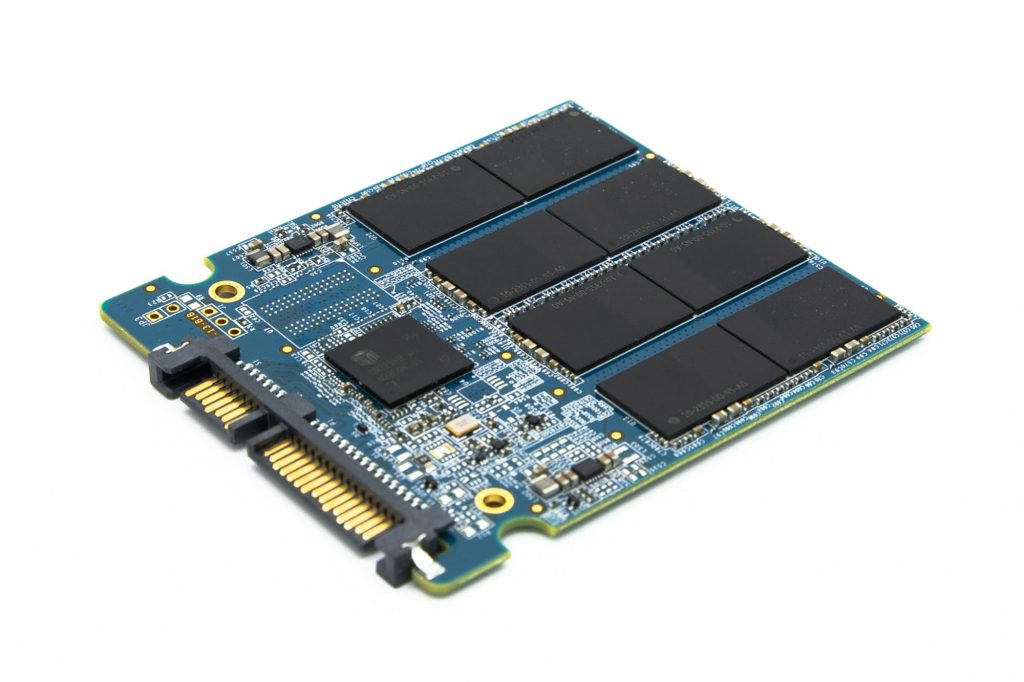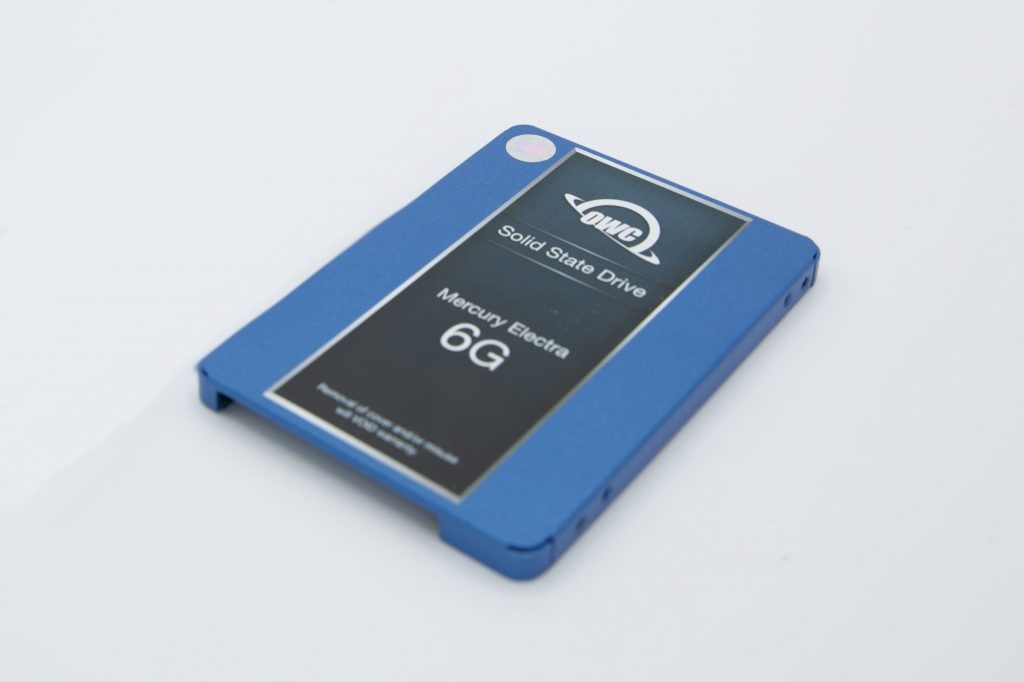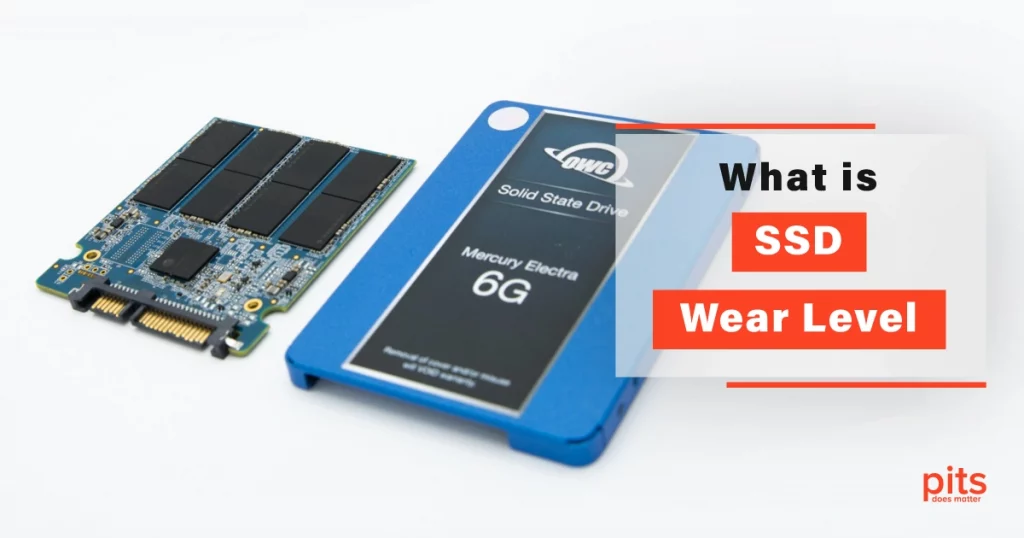Solid-state drives (SSDs) are becoming increasingly popular storage devices for computers, servers, RAIDs, and other devices. Unlike traditional disk drives (HDDs), SSDs use flash memory to store data. One of the key challenges with flash memory is a limited number of erase cycles before it wears out.
This is where wear leveling has a significant role. In this blog, we will explore what wear leveling is, how it works, and why it is critical for the good performance and long life of your SSD.
What is Wear Leveling? - SSD Wear Level Meaning
Wear leveling is a process that evenly distributes data writes and erases cycles across all memory blocks on an SSD. Flash memory cells can only be removed a certain number of times before they wear out. These algorithms ensure that no single memory block is excessively used, thus extending the life of the SSD.
Static vs. Dynamic Wear Leveling
There are two types of wear leveling: dynamic and static. Static wear leveling allocates specific blocks of memory for particular kinds of data. For example, the operating system may be assigned a specific memory block only used for that purpose.
Dynamic technique, on the other hand, allocates memory blocks as needed based on the available empty blocks. The dynamic method is more efficient than the static technique, as it optimizes the use of available memory blocks.
How Does Wear Leveling Work?
Wear leveling algorithms work by constantly monitoring the health status of an SSD. As data is written and erased, the algorithm ensures that each memory block is used evenly.
When a block is no longer usable, the algorithm marks it as “bad” and moves data to an empty block. The algorithm also checks the overall health status of the SSD and avoids using memory blocks that are already heavily worn.

Checking Your SSD's Wear Level
Most SSDs come with a utility program that lets you to check the health status of your drive and perform SSD wear leveling tests. This program will typically report on the number of write cycles, the percentage of empty blocks, and any bad blocks that the algorithm has marked.
Checking your SSD can help you identify any potential issues before they become critical and may also help you to recover data in the event of a failure.
How Can Wear Leveling Extend the Life of an SSD
Wear leveling is a critical process that helps to extend the life of an SSD by evenly distributing the data writes and erase cycles across all memory blocks. Flash memory cells can be erased a certain number of times before wearing out.

Without wear leveling, certain data blocks would be written to and erased more frequently than others, leading to an uneven distribution of wear and ultimately causing premature failure of the SSD. By ensuring that each memory block is used evenly, wear leveling algorithms extend the SSD’s lifespan and help maintain its performance over time.
Additionally, these algorithms can help to prevent data loss and improve the reliability of an SSD. As the algorithm monitors the health status of the SSD, it will avoid using memory blocks that are already heavily worn or marked as “bad.”
This means that even if a particular block fails, the wear leveling algorithm will have already moved the data to an empty block, making it possible to recover the data that was stored in it. By reducing the risk of SSD data loss and improving the reliability of the SSD, algorithms have a critical role in ensuring the health of these storage devices.
Data Recovery and Wear Leveling on SSD
Wear leveling can also help with data recovery in the event of a failure. If a particular memory block has failed, the algorithm will have already moved data to an empty block. This means that even if a block has failed, it is still possible to recover the stored data.
Wear leveling is a critical process for the health and longevity of SSDs. By evenly distributing data writes and erase cycles, wear leveling algorithms ensure that no single memory block is excessively used, thus extending the life of the SSD.
Static and dynamic algorithms optimize the use of available memory blocks and can also help with recovery in the event of a SSD failure. Checking your SSD’s wear level can help you recognize potential problems before they become severe and allow you to take action to preserve your data.
Frequently Asked Questions
What is SSD Wear Leveling?
SSD Wear Leveling is a technology used in solid-state drives (SSDs) to distribute write and erase cycles evenly across the NAND flash memory cells. Its primary purpose is to prolong the lifespan of an SSD by preventing specific memory cells from wearing out faster than others.
Why is SSD Wear Leveling necessary?
SSD Wear Leveling is necessary to address a common limitation of NAND flash memory – it has a finite number of write and erase cycles before it degrades. By evenly distributing these cycles, SSD Wear Leveling extends the SSD’s lifespan and ensures consistent performance over time.
How does SSD Wear Leveling work?
SSD Wear Leveling algorithms manage the use of NAND flash memory cells to ensure that no single cell or block is written to more frequently than others. This involves tracking the usage history of each memory cell and dynamically redirecting write operations to less-used cells.
What are the benefits of SSD Wear Leveling?
- Extended Lifespan: By preventing overuse of specific cells, it prolongs the SSD’s lifespan.
- Consistent Performance: It helps maintain consistent read and write speeds over time.
- Enhanced Reliability: Even wear distribution reduces the risk of data loss due to cell failure.
Are all SSDs equipped with Wear Leveling?
Yes, virtually all modern SSDs come with Wear Leveling technology. It has become a standard feature in SSD controllers to ensure the longevity and reliability of these storage devices.
